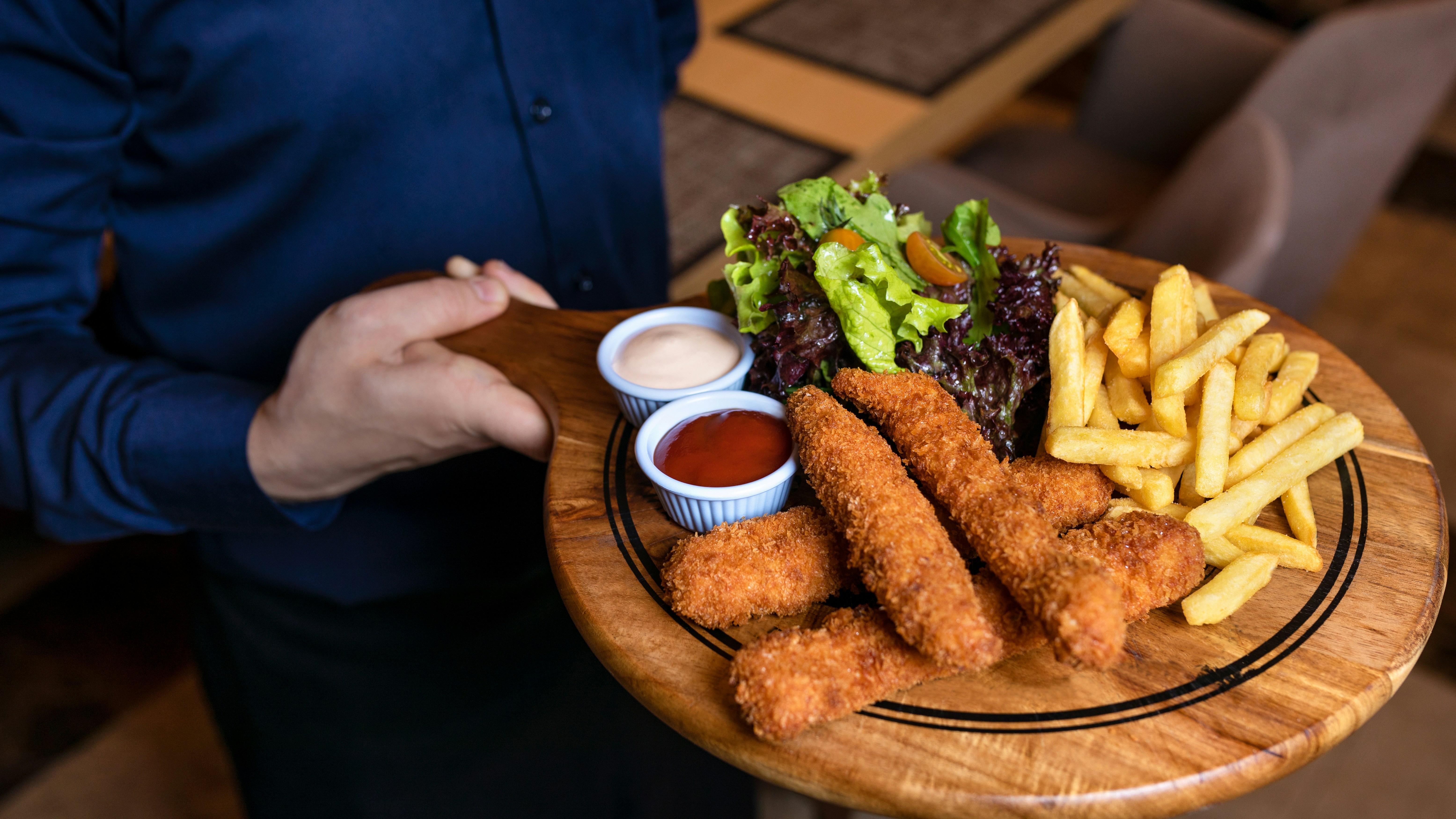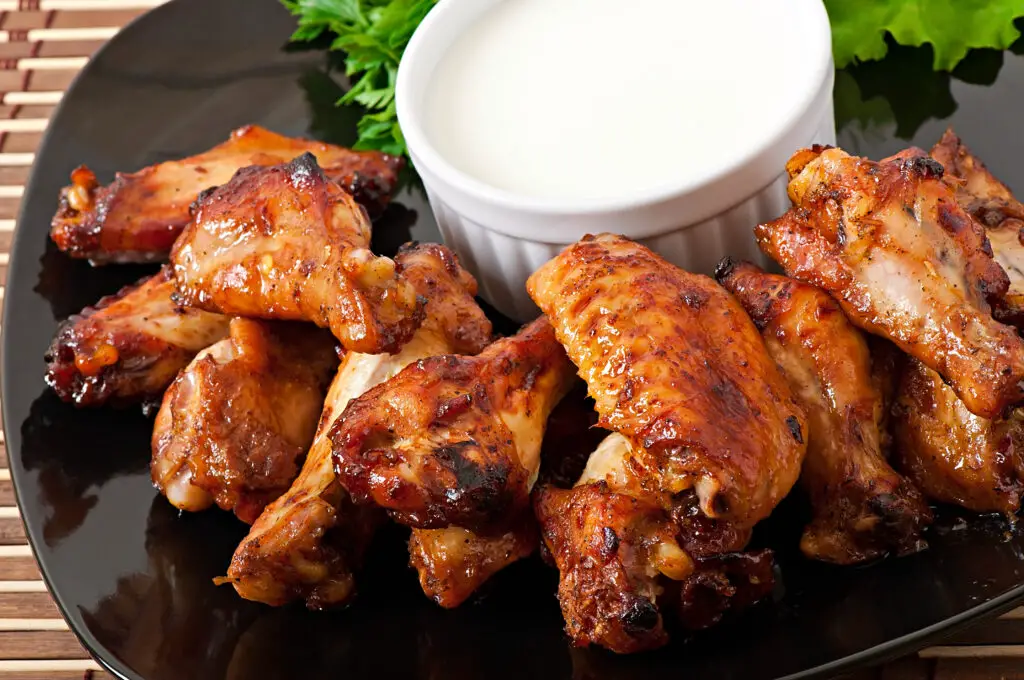The Ohio Supreme Court ruled a restaurant was not guilty after a man almost choked on a bone he found in supposedly boneless chicken. Although restaurant liability was in question, the court acquitted the establishment of any blame.
No Restaurant Liability for Choking Hazard
In 2017, Michael Berkheimer filed a lawsuit a year after he ordered the menu item and got a bone lodged in his throat. The incident led to further injuries. The restaurant liability incident occurred at a Wings restaurant in Hamilton, OH.
The divided court handed over a 4-3 ruling finding that “boneless” described a cooking style. It was not a guarantee that the dish would be bone-free. “Common sense dictated that the presence of bone fragments in meat dishes- even dishes advertised as ‘boneless’ is a natural enough occurrence that a consumer should reasonably expect it and guard against it,” stated a lower court ruling on the case.
The Supreme Court stated, “There is no breach of duty when the consumer could have reasonably expected and guarded against the presence of the injurious substance in the food.”
The Choking Incident

Berkheimer’s restaurant liability troubles began when he visited the Wings on Brookwood in 2016 with his wife and friends. The man ordered his ‘usual order’ of boneless wings with garlic sauce. He was eating a boneless wing when he felt a piece “go down the wrong pipe.”
He subsequently developed symptoms such as a fever and difficulty eating and eventually visited the emergency room.
According to medical and court records, health providers found a “5 cm long chicken bone” lodged in Berkheimer’s esophagus. The bone tore part of his esophagus, which later became infected, leading to additional medical issues.
Berkheimer Takes Legal Action
Berkheimer sued multiple parties for his injuries, including the restaurant, its food supplier, and a chicken farm. He originally took the case to the Butler County Common Pleas Court in 2017. However, that court dismissed the lawsuit and the restaurant’s liability. It stated that bone fragments in meat dishes were common and consumers should guard against them.
The man took the restaurant liability case to higher courts. He appealed to the Twelfth District Court and then the Supreme Court.
The Ohio Supreme Court backed the case’s dismissal, stating that Berkheimer should have been on guard for possible bone fragments.
“A diner reading ‘boneless wings’ on a menu would no more believe that the restaurant was warranting the absence of bones in the items than believe that the items were made from chicken wings, just as a person eating ‘chicken fingers,” Justice Joseph T. Deters wrote in a statement.
However, Berkheimer took the case to court multiple times. Dissenting justices felt that a jury was more qualified than a court to determine “what a consumer reasonably expects when ordering boneless wings.”
Restaurant Liability in Choking Cases

Determining restaurant liability in a choking incident is complex. The restaurant may be guilty if the defendant can prove that their negligence led to the incident. For example, if the restaurant served improperly cut food or served food to a consumer they knew had a high risk of choking, they may be responsible for damages.
However, if the choking incident was truly accidental and the restaurant took reasonable steps to prevent it and responded appropriately, they would not be liable.
If a consumer is visibly choking in a restaurant, the staff must respond by calling emergency services. If possible, they should have a trained staff member perform the Heimlich maneuver and clear the area so professionals can administer services when they arrive. However, Berkheimer’s injuries were not immediately apparent, so it can’t be argued that the restaurant failed to protect him.

